To view this content, you must be a member of the Rose City Review Patreon
Already a qualifying Patreon member? Refresh to access this content.
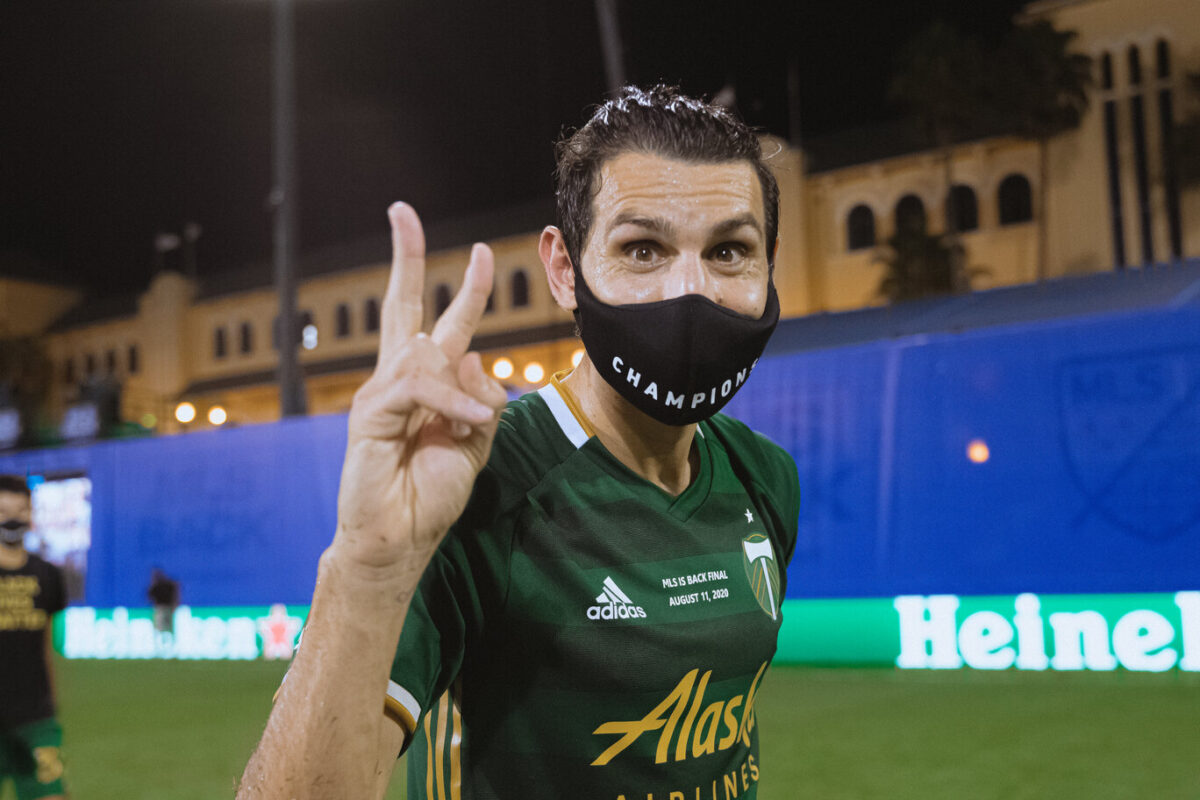
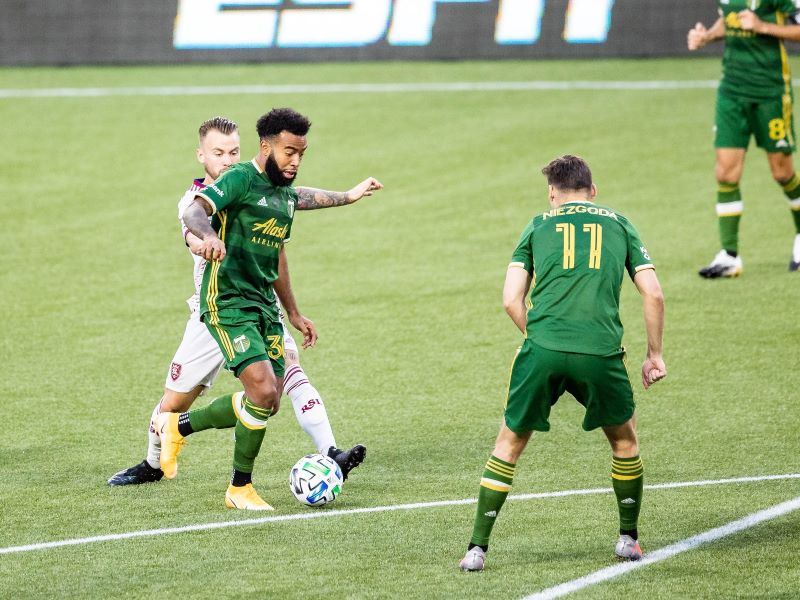
The Portland Timbers travelled north on Sunday night to take on the Seattle Sounders at CenturyLink Field, their first match played away from the confines of Providence Park since returning from the MLS is Back Tournament. Coming off a three-game winless streak, the Timbers needed a result to break out of their post-tournament funk and they got one, beating the Sounders 2-1 in a performance that looked like a return to the form that carried them through the knockout rounds in Orlando.
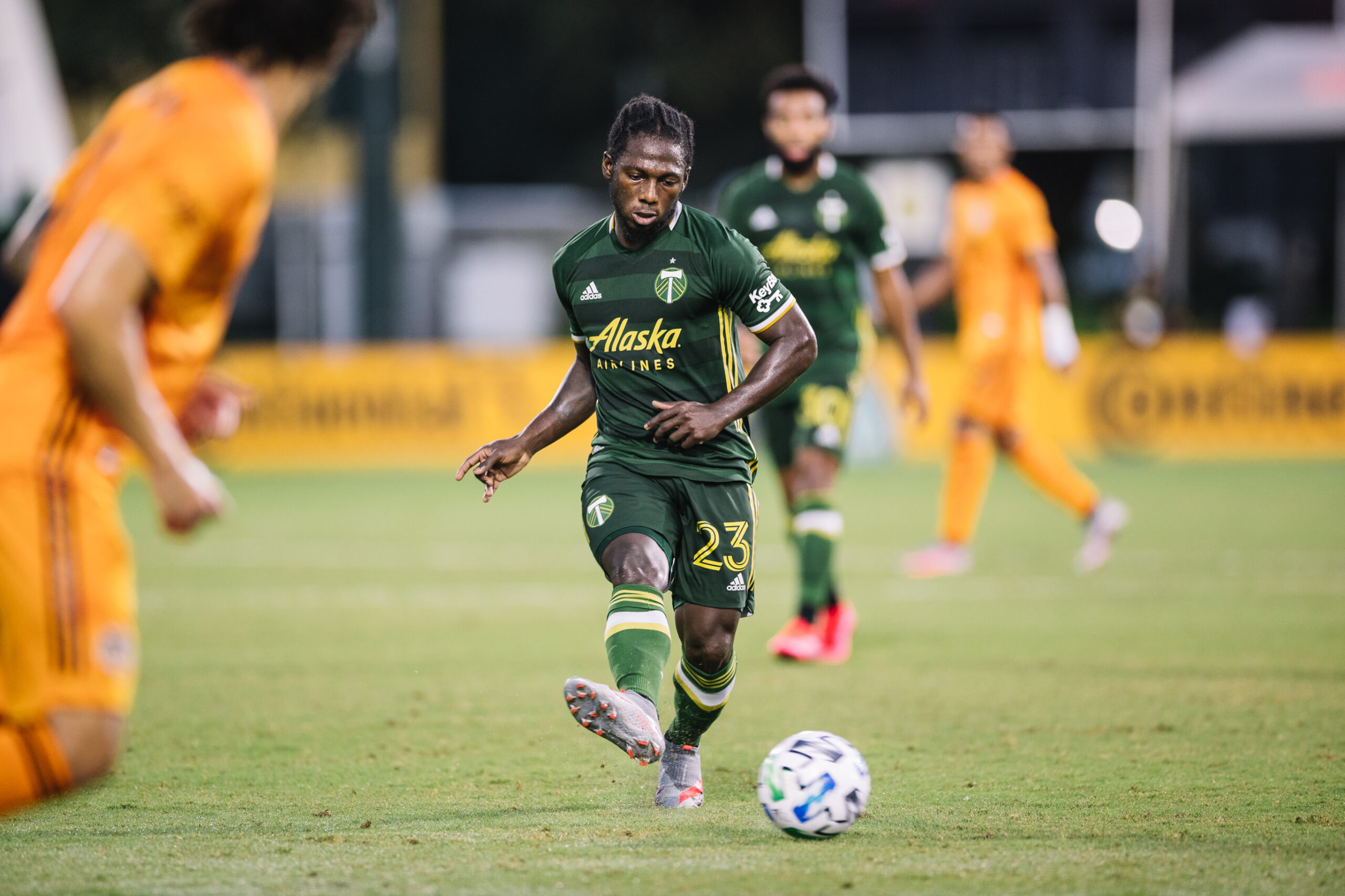
After a slow start to the 2020 Major League Soccer season, the Portland Timbers came to Orlando with something to prove. Although they’ve only played two games in the MLS is Back Tournament, it seems as if they are starting to do just that.
With a pair of 2-1 victories, the Portland Timbers are one of just four teams to take all six points from their first two games. Against the Los Angeles Galaxy, Portland came out sharp and played with a sense of confidence and precision that eluded them against Minnesota United and Nashville SC. They continued that against the Houston Dynamo, playing between lines and controlling possession against one of the most dangerous attacks in MLS.
Through strong and inspired play, the Timbers have guaranteed themselves a spot in the knockout rounds with a game to spare. But just because they know they will advance doesn’t mean they are taking the next game off or will be complacent—at least not with a game against LAFC looming.
“I think there is too much at stake [to be complacent],” head coach Giovanni Savarese told reporters via a Tuesday morning Zoom conference. “First, we want to come away with three points and finish first in the group. We’re not looking at who we’re playing after, that is why the mentality is very strong. We know that it is going to be a competitive match, and they’ve always been competitive games every time that we play LAFC.”
As Savarese mentioned, these two teams have a history in knockout competitions. In the two seasons since LAFC joined MLS, each team has knocked the other out of the US Open Cup in exciting, albeit at times contentious, games. Despite sitting on only four points after two games, an easy argument can be made that LAFC, even sans 2019 league MVP Carlos Vela, is the strongest team in this tournament.
“We have seen in the last two matches that [LAFC] have been challenged,” Savarese said. “I think this is a group that wants to prove to everyone that it is no longer dependent on Vela because many have said that, so maybe that’s one part of LAFC at the moment. We expect a very competitive match, we know that they are very difficult to play against, and we will bring a very good challenge to them like we always have.”
There is Eduard Atuesta and Latif Blessing creating havoc in midfield. Savarese explicitly pointed out the importance of limiting one-on-one opportunities from dynamic wingers Brian Rodríguez and Diego Rossi. At striker, there’s always-potent Bradley Wright-Phillips.
All of this talent available to head coach Bob Bradley is enough to give opposing coaches migraines. Staying focused for all 90 minutes is vital, but it is easier said than done against a team like LAFC.
“I think a major adjustment we need to have is finishing games a little bit stronger,” Eryk Williamson said. “We were up 2-0 both games and conceding late isn’t ideal, but it’s a clear focus point now and knowing us, LAFC’s strength is turning it on late in halves, and I think it’s something where we have to make sure that we are locked in for the 90-plus minutes.
“If we can disrupt them in any way possible and just continue to play our game with the fluidity we have up top and all the interchange to make it really difficult for them to get going.”
In all likelihood, whichever side controls the midfield will most likely win the game. Over its past two contests, Portland has made connecting play through midfield a priority. Managing the midfield means controlling possession, giving LAFC less time on the ball to pick out passes and easily dissect the Timbers’ shape. Emphasizing quick combination play also helps the Timbers create some one-on-one opportunities of their own.
“The combinations that we have practiced have been key,” Yimmi Chará said through a translator. “It is something that we have improved a lot, it’s something that we have been training on for a long time, and taking advantage of that space our opponent gives us. Up until now, it’s been one of the team’s strengths. Now, Gio Savarese wants us spatially to take advantage of those last few feet on the field so we can always take advantage of the one-on-one and come ahead.”
Another benefit of controlling midfield is that it helps shield Portland’s backline, allowing them to focus on defending deeper areas and to not be as concerned about leaving space if they have to help contain Rodríguez and Rossi out wide. If the Timbers can find some success in the midfield, they could prevent counter-attacking opportunities, limit the space LAFC desires, and control the ever-important balance between sending numbers forward in attack versus staying back.
“I know LAFC has a strong midfield and that we want to be known as one of the top midfields in the league,” Williamson said. “I think this is a good test for us as midfielders to win the midfield battle, but not only that, continue to help our backline defend Rossi and Rodríguez. It’s just a very good task for us and we’re excited for the challenge.”
According to Savarese, the Timbers will be playing with a full-strength lineup come Thursday night. He’s reported no injuries to the media, and despite fielding two full-strength lineups over the past week, he doesn’t plan to heavily rotate the lineup in anticipation for the knockout rounds.
Savarese anticipates that Bradley will play his strongest lineup, and once again emphasized the team’s collective goal of taking all three points and winning the group.
Thursday’s game projects to be one of the Timbers’ toughest challenges this season. As the press conference neared its end, Savarese put everything in perspective. The repeating message to the team has been to not take anything for granted, because just two months ago players were locked in their homes. Now, they prepare to take on last seasons Supporters’ Shield winners for the top spot in Group F.
“We enjoy being here, we’re excited to compete, we’re happy to be in a tournament,” Savarese said. “We missed this game when we were at home and now every game for us is a final.”
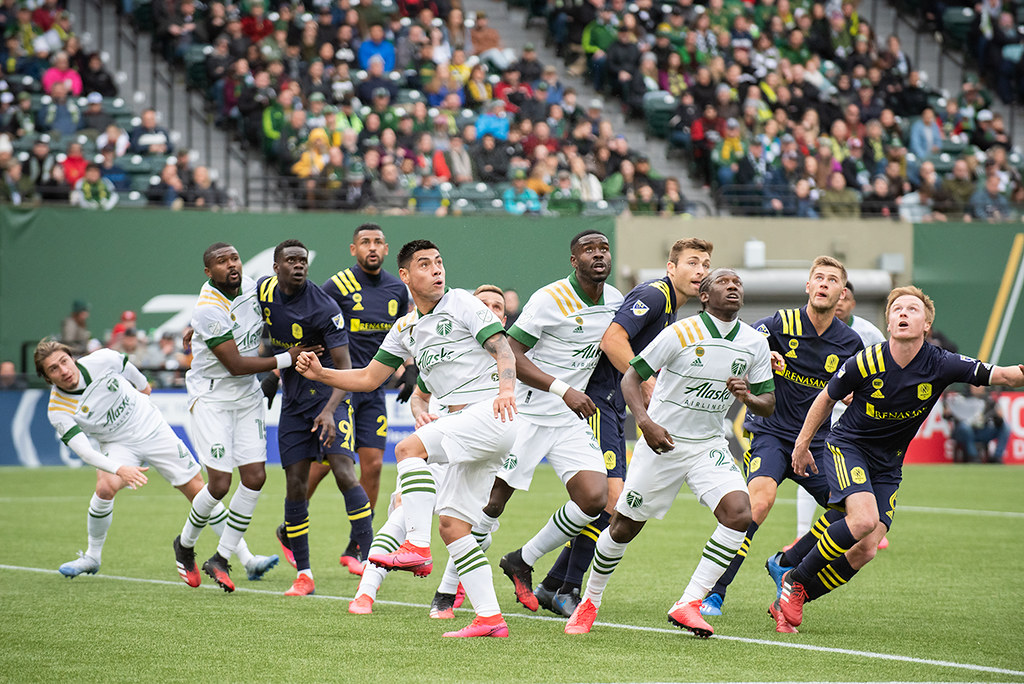
Well, that was some bad timing.
On Wednesday night, full of optimism about the start of the Thorns’ preseason camp and also willing to talk about the start of the Timbers’ season, we held our first question and answer thread over on our Discord server.
Since then, the sporting situation in Portland and around the world has changed drastically. Still, how Kyle feels about Eryk Williamson or how we all feel about Amandine Henry will not change just because some dumb virus is reshaping society as we know it.
With that in mind, here are a few of your questions from Wednesday’s Q&A on the Rose City Review Discord.
(Some of the questions and answers have been edited for clarity.)
Do not take this as a prediction or as actual reporting, but I know the Thorns would love to have Amandine Henry back. The question is whether she has any reason to ever come back to the States (or, as we’re calling it now, STATES). It’s probably not impossible, but don’t get your hopes up.
-Katelyn Best
I would say probably Haley Raso still, just because of her connections here. But I don’t see it as being particularly likely that anyone is returning.
-Tyler Nguyen
For me, that has to be Marvin Loria. I am convinced that Loria has what it takes to be a starter-level player in MLS. He is fast, creative, and a hard worker. Of course, he is also injured pretty regularly, which is why we rarely saw him later on during the 2019 season.
Loria may never get the chance to regularly start for the Timbers, as the team has been pretty dead set on using their DP slots on wingers and forwards, but I could certainly see him making an impact off the bench or in spot starts and either getting traded within the league or (more likely) sold outside of it. To me, the latter seems even more likely now that MLS has increased the amount of money that teams get from selling players on.
Of course, I would also be happy just having him stay with the Timbers and doing dope stuff like this.
-Will Conwell
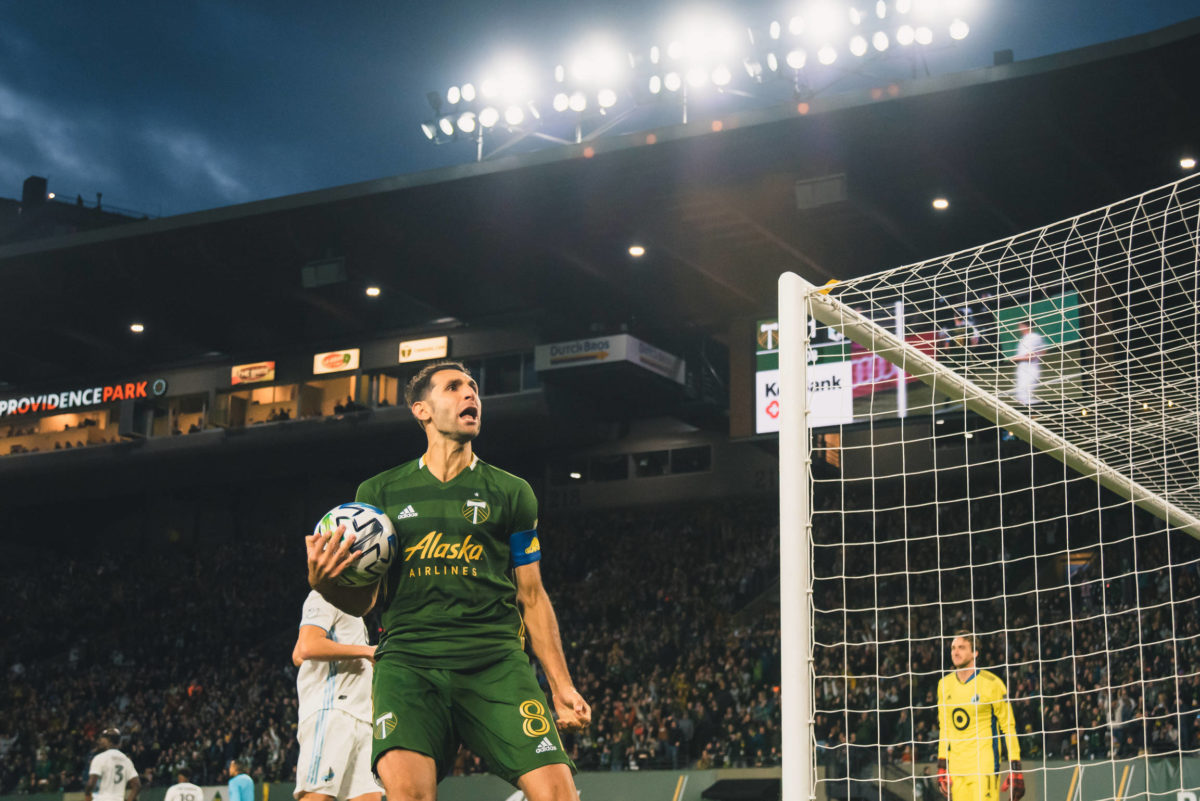
What makes a club good at developing and fostering talent?
It’s a simple question, yet one that seems to have a complex answer. How can a franchise help young, budding talent improve and ultimately thrive at the MLS level and beyond? Is it by having a large scouting network that can unearth talent seemingly anywhere in the world, like New York City FC or New York Red Bulls? Is it consistently giving younger players a majority of the minutes (#playyourkids), a la FC Dallas or Real Salt Lake? Or is it something else?
When it comes to youth development, the Portland Timbers may not be the first club that comes to mind, but what they are good at is establishing an identity that is upheld throughout the organization.
Employing a similar style of play at each level of the organization establishes a consistency for players who often find themselves on the bubble between the first and second teams. While the concept of a team’s tactical identity, top to bottom, is used in a club setting, it’s a more prevalent point of discussion when it comes to the international game. With player movement so much more fluid in, say, the United States player pool, players such as Ulysses Llanez or Giovanni Reyna need to be ready to slide right into the senior side from the youth setup when called upon.
Some coaches prefer every level of the organization to run an identical tactical setup and style while others are more flexible, allowing younger sides to adjust how they play based on personnel or their own established identity. The Timbers want to be somewhere in between.
Like any MLS team, Portland has a defined style of play that holds up from the academy to the MLS side. Over the past few seasons that style has consisted of attacking through wide channels, finding attackers in the box off of crosses, dominating the midfield, and, when the opportunity arises, countering like crazy. With a few minor adjustments based on personnel, that is how Timbers 2 (T2) wants to play as well.
“We strive to mirror what the first team does,” head coach Cameron Knowles said. “I think it’s important that when a first-team player comes to us, the things we’re asking them to do in the game make sense. When a T2 player goes and trains with the first team, they understand their role as it relates to the team.
“…I don’t think we try to deviate too far from that, but obviously, with playing in a league and playing for points, week to week we have to come up with a plan to win a game and that’s where things can differ. In training and a lot of the principles of play, I think there is a lot of consistency from the top-down throughout the club.”
At times, what makes playing similar styles exceptionally difficult is the lack of consistency in the roster. While the first team is afforded the luxury of meticulously planning for the game ahead while adjusting to any tactical wrinkle, T2 often sends players up a level to train while receiving an academy player or two for training themselves. With that being the case, it is imperative for those T2 call-ups to know what to expect at a Savarese practice versus at a Knowles practice.
“The last two years we have been pretty flexible tactically, anyone who watches [the Timbers] will be able to notice that,” Jeremy Ebobisse said when asked about the major tactical differences between T2 and the first-team. “We’ve played a 4-2-3-1, a 4-3-3, a 4-3-2-1, a diamond, two up top. It’s hard to mirror that if you’re the second team. The first team is planning based on personnel and based on the opponent ahead.
He added: “Themes are pretty similar: defend, protect the middle, take advantage of your chances going forward if it’s on the counter or in the build-up phase. It’s largely similar, but how we go about them sometimes is going to differentiate.”
What that means is that, sometimes, a shift in tactics will be necessary to win the game. For example, playing fast and in transition is great, but against a team such as Phoenix Rising or even New Mexico United that can exploit that suddenly available space, it’s not ideal. In games that come down to those pivotal tactical audibles, Knowles will not be afraid to scrap the plan and play directly to his player’s strengths.
“It goes both ways,” Eryk Williamson said. “I know that usually, it’s ‘This is what’s being asked of you, go do this,’ and at the same time [Knowles] is a head coach who wants to win and I really appreciate it.
“…He says ‘I know this is what is being asked of you, but we’re playing Phoenix Rising where now, it’s a habit. We cannot mirror what the first team is doing, now we need to go out and try to win this game.’ That’s a huge part of being flexible as well, it’s not ‘Oh, can I just go out there and personally do well,’ but can you have the right mentality to go out and do well in every game that you play in.”
At the end of the day, having the flexibility to quickly shift tactics is beneficial. But it is also important to monitor how everything comes together on the field. Maintaining those tactical similarities helps with player adjustment and is something that the Timbers and T2 want to accomplish this season, but, if necessary, Knowles is not afraid to change anything up. It will be interesting to see how that plays out as the season progresses.
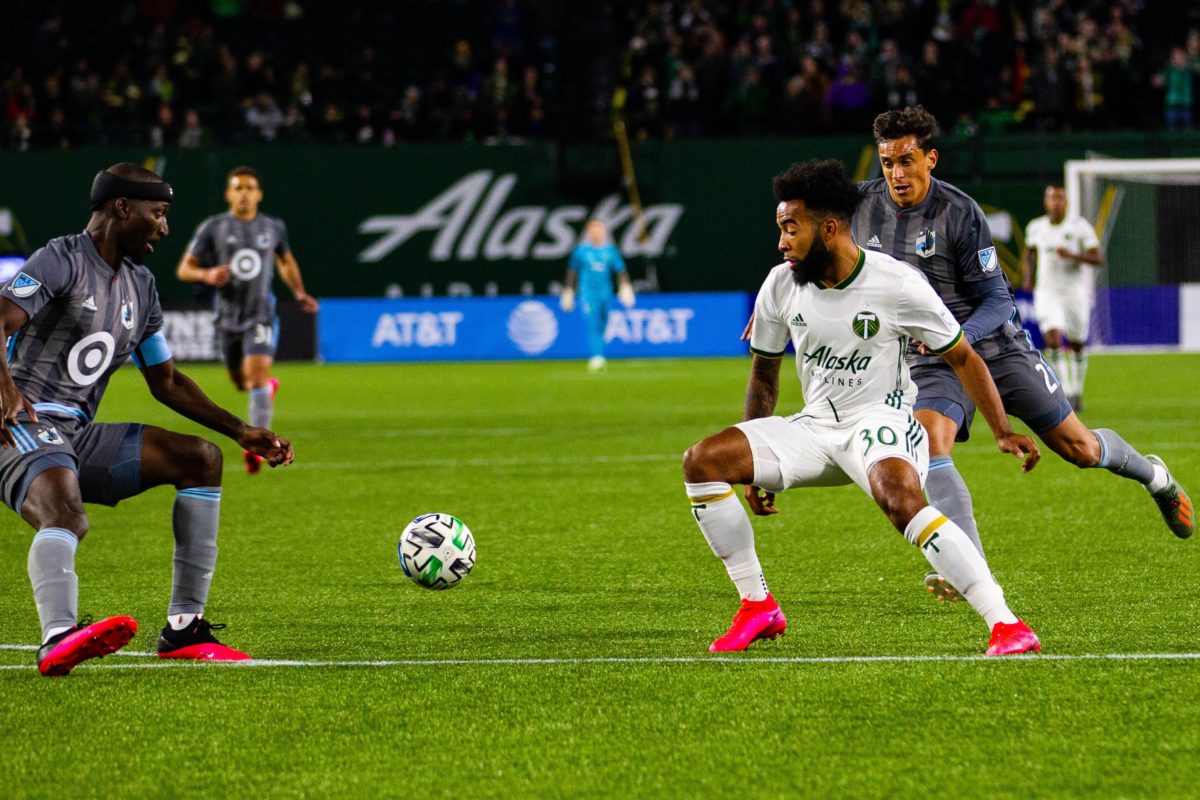
Lately, I’ve been feeling like 2020 might actually be kind of cool and that weird sense of optimism has extended to my thoughts about the Timbers. So after watching the preseason tournament and then actually thinking about the things that I saw, I’ve put together a few points that I predict will be true about the Timbers this year.
This dude is just so good, I literally could not keep my jaw off the floor while watching him in the preseason. He’s silky on the ball, his passing is incisive, and he’s pretty good at knowing where to stand, too. With
Tomás Conechny playing more of his minutes out on the wing these days, it seems like Williamson is poised to get a healthy number of minutes as the third (or maybe second, depending on where
Sebastián Blanco is playing) No. 10 in the depth chart. And that’s in part because…
Don’t get me wrong. Valeri is still an incredible player and an 8 goal, 16 assist 2019 season is nothing to scoff at. That said, Valeri also showed some major signs of slowing down last year, and unfortunately for Portland; time’s arrow neither stands still nor reverses, it merely marches forward. Combine what will likely be a physical need to play fewer minutes with no longer being on a designated player contract and it’s not a stretch of the imagination to envision a Valeri that plays closer to 2000 minutes in 2020 than the 2600 minutes he played in 2019. With that in mind…
When Diego Valeri is on the field, it’s basically mandatory to play a shape that utilizes a true No. 10. That’s (one reason) why it has made sense for the Timbers to play a diamond midfield when they’ve wanted two strikers on the pitch over the last couple of years. But, as mentioned above, there will almost certainly be times this year where that is not the case.
What the Timbers do have this year is two DP wingers, one DP striker, and two other good to very good strikers. So, imagine a flat 4-4-2 formation with Ebobisse’s hold-up play filling the creative role in the center of the park, and Niezgoda, Blanco, and Y. Chara all running off of him. If I was an opposing defender, that thought might just keep me up at night.
Everyone knows the Timbers are always bad in March (with the notable exception of 2017 (see below)). In fact, across all MLS regular season matches played in March, the Timbers average an abysmal .85 points per game. It (somehow) gets even worse if we look specifically at the Savarese era, as Gio has only managed to pick up three points in eight March games. That’s .38 points per game.
But this year, I think, will be different. This may be a bold claim, because admittedly, what we saw defensively over the last two preseason matches was, well, not good. However, we also saw a hungry, attacking mentality, and I have a feeling that this team is going to want to make up for the lackluster finish to 2019. The Timbers have five matches this March: Minnesota(Home), Nashville (H), New England(Away), LAFC(A), and Philadelphia(H). My money’s on ten points out of that slate.
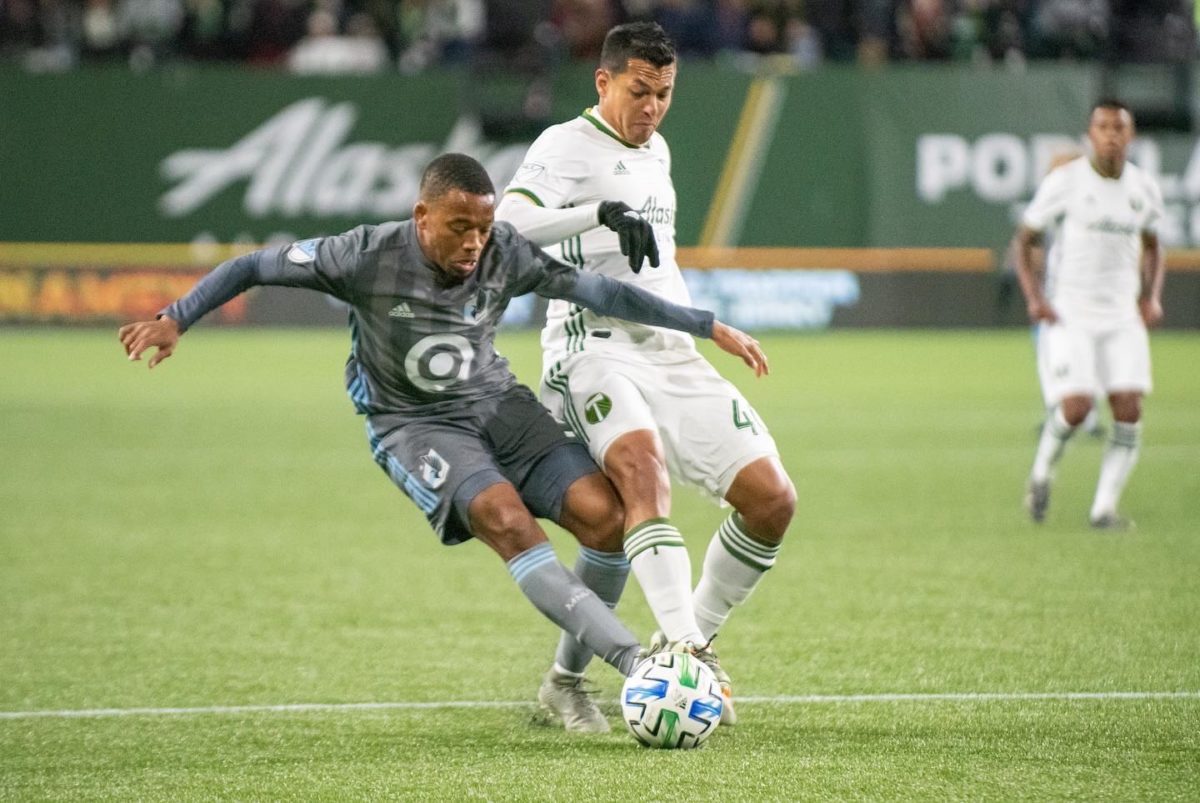
The bright sun peeked out through the fog on another cold Pacific Northwest morning as the Portland Timbers’ first team entered the pitch for another day of training. On the outskirts of the field were the goalkeepers, already multiple drills into their practice. Field players were beginning to stretch on the opposite side of the field.
A few feet away from all of this is a fence, teasingly covered in black and tall enough to obscure any passersby from sneaking a peek directly at the practice field. On the other side of this fence is another pitch—that one, tantalizingly close, yet a world away, is where many young players begin their professional journeys for Timbers 2 (T2). This less-secluded field is where players continue their development, with the ultimate goal of becoming permanent fixtures at the practice field across the fence.
It’s been six years since T2 started, and as time has gone on, more and more players are beginning to make that very jump. Two seasons ago, forward Jeremy Ebobisse made the leap from the USL Championship side to the first team; last season, Marvin Loria, Eryk Williamson, and Renzo Zambrano followed. What makes T2 pivotal for player development is that the program is connected to the first team, allowing players to make the transition from the development academy or college to the professional level.
For Zambrano, a Venezuelan who had only played in Spanish-speaking countries, being a part of T2 allowed him to adjust to living in America and gain more confidence in himself as a player, all while receiving multiple opportunities to play game minutes.
“When I came from Spain, I had an injury,” Zambrano said, mostly in English with a little help of a translator. “So my focus was playing every single week in as many minutes as I could. The confidence the coaches gave me to be able to play, develop, and eventually make it to the first team was key.”
During May of last season, Zambrano received his first opportunity to play with the Timbers. Shortly after playing the Tacoma Defiance in the USL, Zambrano remembers being told by the coaching staff that he would be getting to start in a regular-season mid-week match against the Houston Dynamo.
“I prepared for that moment and worked very hard, because this is a very competitive squad and there are many players who want to be stars,” Zambrano said. “Obviously I knew that I had to take advantage of that opportunity and do the best I can, both in training and also in the games.”
While Zambrano needed to adapt to a whole new country, culture, and language; Williamson—a Virginia native—recalls the helpfulness of just having a designated place to develop and get minutes before making the jump to MLS.
“Right away, I learned what do I have to get out of a professional game, what do I have to do for ninety minutes, what do I have to do for the time I’m stepping on the field,” Williamson said. “I think that’s the biggest thing that I take from T2 games. Making sure that I am getting my job done, so when it is time to make that step, it’s repetition.”

Unlike most of the USL Championship, T2 is directly tied to an MLS side. Having that in Portland allows players and coaches at all levels of the organization to interact. Sometimes that interaction takes place in the cafeteria; other times, a first-team player might check out a game or training of the USL side.
“It’s pretty cool when they come say ‘Hi’ to you and ask you how you’re doing,” current T2 midfielder Carlos Anguiano said with a smile.
The close relationship between the two branches of the club benefited Williamson, who has been working closely with the Timbers’ video and data analyst, Shannon Murray, and assistant coach Miles Joseph over the past few years. The three often sit down and go over film. Williamson learns more about what the first team coaches want to see out of him, which helps him shape his game in the right direction.
Last June, the fitness staff advised Williamson to be ready in case he was needed on the first team, who were finishing up a hectic, road-heavy start to the season. A few days later, head coach Giovanni Savarese told him that he was going to start in the team’s mid-week match in Montreal, a testament to his hard work and performance for T2.
Yet, for as beneficial as T2 can be—and that’s the consensus—sometimes being a part of the second team is difficult for players, especially mentally. One player with mixed emotions from his time on T2 is current first-team striker Jeremy Ebobisse. Ebobisse, it can be argued, is the most successful player to come out of T2—he recently signed a contract extension with the first team—but his time in the USL was tumultuous.
In his first season with T2, Ebobisse played three games before being called up to the first team, where he trained but often sat on the bench during games. Later that season, he played in the US U-20 World Cup and returned only to play in a handful of T2’s remaining games.
“That [apparent] regression was challenging mentally, but ultimately going to play with T2 taught me that there’s a lot of responsibility on players that the club views as first-team guys for the future,” Ebobisse said. “If you do not live up to the standard of raising everyone else’s level, then ultimately you’re going to face consequences, and I faced probably the hardest and worst consequences where I found myself on the bench for T2 my second year right before breaking through. I think there are some hard lessons to learn, but through it all, it’s a unique place to have to grow. Obviously, you hope to bypass it, but if you have to spend a year or two there are lessons you can take out of it.”
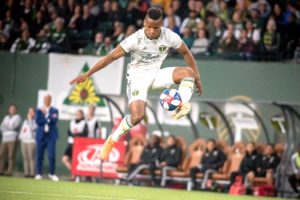
An in-form start to the 2018 season was quickly derailed by multiple injuries, call-ups, and time on the bench, which made it almost impossible to establish any type of consistency until the season’s latter half. Coming into the organization with high expectations of himself, Ebobisse found the proximity to the first team more mentally challenging than he anticipated.
“This is just my personal opinion, but it’s almost detrimental to a player’s well-being if they are not mentally strong enough in that moment to know that there is a barrier separating where they belong, and the guys they see and train with most of the time and where they’re at,” Ebobisse said. “So when I am on the turf training for T2 and I see the first team having a competitive training and competing and laughing and yelling, I want to be a part of that. Sometimes adjusting to that position is challenging as well.”
But in a way, it was that proximity to the first team that ultimately benefited him. Ebobisse made some close friends in the Timbers locker room who continued to encourage him and helped him stay mentally engaged during the tough moments. In fact, it was Larrys Mabiala and Bill Tuiloma who told Ebobisse he would be getting his first regular-season start.
“I was at the stadium training, they saw the practice scheme and said ‘You’re starting this weekend, you better be ready. Are you ready?’ while laughing,” Ebobisse recalled. “I said ‘What are you guys talking about,’ and tried to downplay it in the moment like it’s another training.”
“Knowing that you have guys in your corner,” Ebobisse continued. “Mabiala was on the field with me that game and I think he was as happy that I scored in that game against Colorado as I was. Just surrounding yourself with good people is always really important.”
While it was a challenging couple of seasons for Ebobisse, the young American now plays consistently for the Timbers every weekend. Zambrano took advantage of his opportunity at T2 and is beginning to cement himself as a solid rotation player in the midfield. And while Williamson is still in between T2 and the first team, he believes that he is close to his breakthrough.
For some players it is motivating whereas for others it is more challenging, but being a part of T2 has ultimately helped every player that has come through in different ways. Every T2 player dreams of someday taking that next step. One day, the hope is, they’ll move to the other side of that fence, symbolizing the transition from the second division of American soccer to the first.
“It’s definitely motivating,” Ryan Sierakowski said of his aspirations. “It’s in reach, it’s right there, you can feel how close it is. It’s motivating to know that having a good run of games and showing your quality you can be called up at any time.”